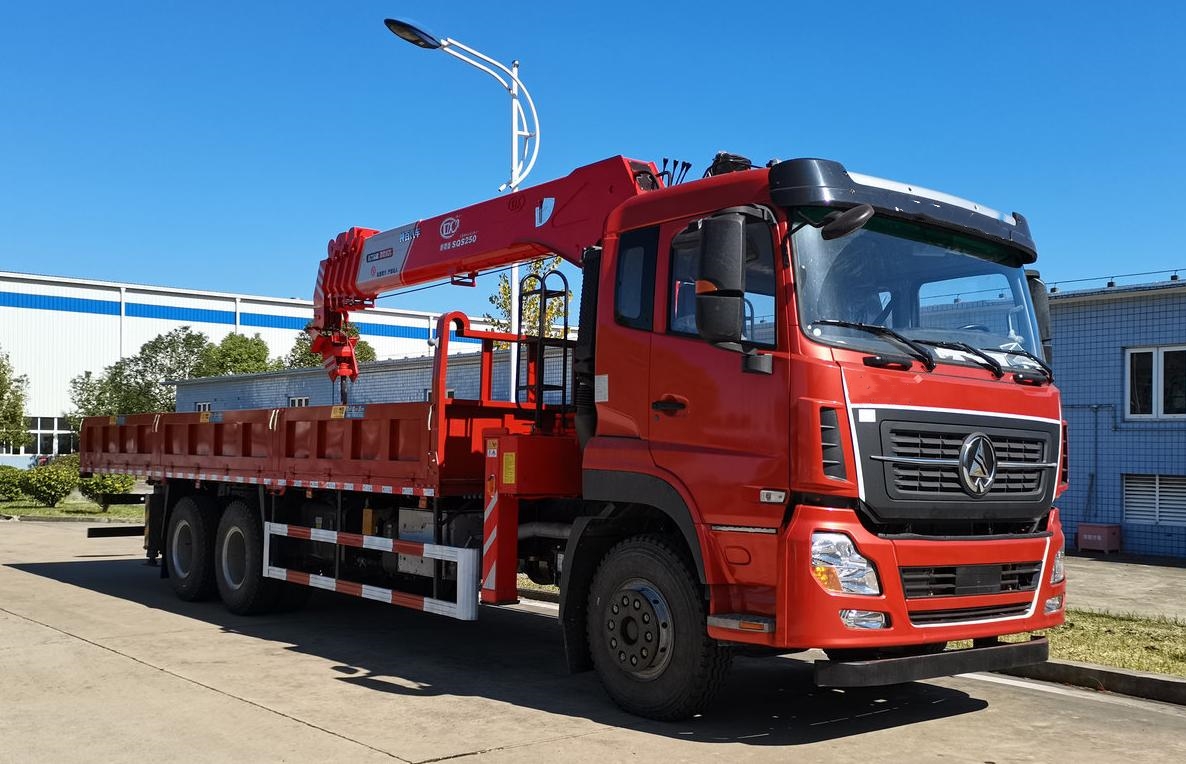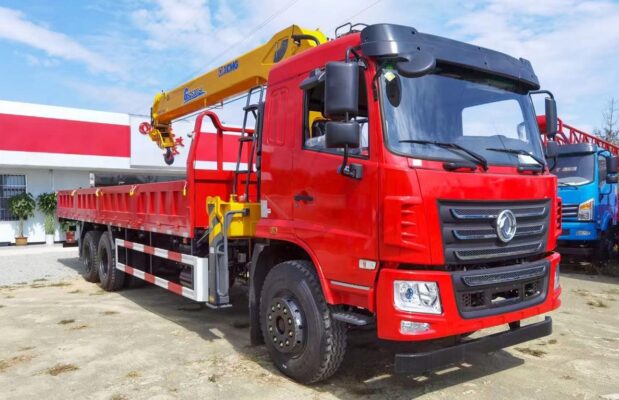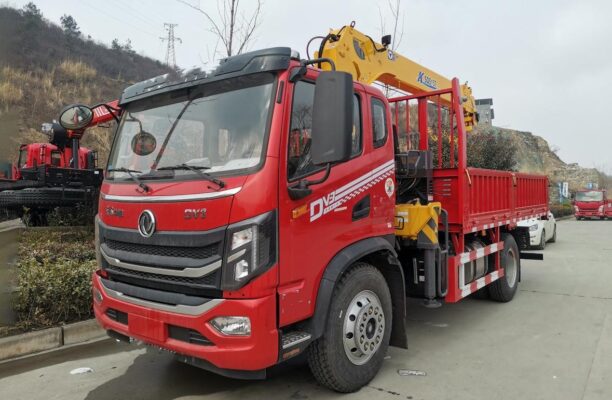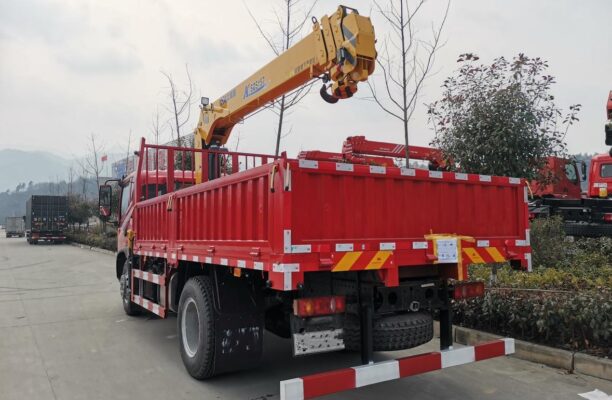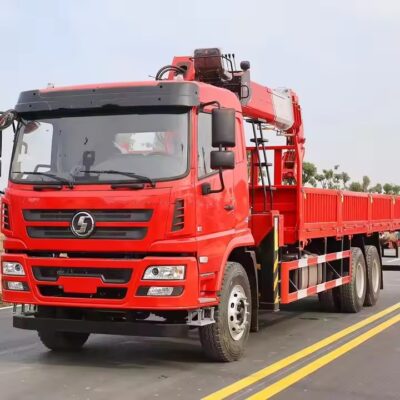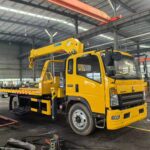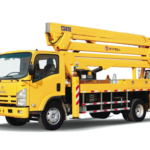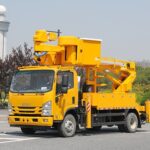In the field of engineering machinery maintenance, technicians are often subjected to injuries due to improper operations or unforeseen factors. To ensure the safety and health of maintenance personnel, it is crucial to implement appropriate preventive measures. The primary types of injuries encountered during maintenance can be classified into four categories:
1. Mechanical Injuries
Mechanical injuries occur during the disassembly, cleaning, and repair of machinery components. Sharp edges and points on parts can cause cuts and punctures to personnel. Lisäksi, unsecured parts and tools may fall, resulting in impact injuries. Outdoor-stored maintenance equipment, like simple cranes, can also pose risks due to factors such as corroded wire ropes that may snap. To mitigate these risks, the following preventive measures should be adopted:
-
Enhance Safety Education and Management: Conduct regular safety training sessions to improve the safety awareness among maintenance personnel. This involves understanding the potential risks associated with different machinery and the correct handling techniques to minimize accidents.
-
Implement Safety Precautions During Operations: Maintenance personnel should employ appropriate protective measures while working on machinery to prevent injuries. This includes wearing personal protective equipment (PPE) such as gloves, helmets, and protective eyewear.
-
Regularly Inspect and Update Equipment: Conduct periodic inspections and maintenance of tools and equipment used in repairs to identify and eliminate safety hazards. This ensures that all equipment is in good working condition, reducing the likelihood of mechanical failures that could cause injuries.
2. Vibration and Noise Injuries
Vibration and noise pollution are primarily generated by maintenance equipment and tools. When operating pneumatic, electric, or impact tools, intense vibrations can be transmitted to the operator’s arms, leading to discomfort and potentially causing joint or vascular disorders over time. To prevent vibration and noise-induced injuries, consider the following strategies:
-
Maintain and Lubricate Equipment: Regular maintenance and lubrication of equipment ensure smooth operation. Installing silencers on loud equipment like blowers and implementing soundproofing measures can significantly reduce noise levels.
-
Improve Processes and Operational Techniques: Substitute hydraulic methods for forging, and use electric or gas welding in place of riveting. Employ vibration-dampening and isolation technologies to enhance the dynamic balance of rotating parts, thereby reducing vibration and noise.
3. Electromagnetic Radiation Injuries
New technologies in surface repair of engineering machinery, such as plasma spraying, ultrasonic welding, and high-frequency induction heating, present electromagnetic radiation hazards. Prolonged exposure to electromagnetic radiation can cause symptoms like fatigue, memory decline, headaches, lack of concentration, palpitations, chest tightness, irritability, and hair loss. To address these concerns, the following measures should be implemented:
-
Establish Isolation Zones: Designate isolation zones around areas with concentrated electrical equipment to control the range of electromagnetic radiation exposure effectively.
-
Use Radiation-Absorbing Materials: Surround electromagnetic radiation sources with materials that strongly absorb radiation energy to minimize exposure levels near the source.
-
Wear Protective Gear: Personnel working in high-radiation environments should wear appropriate protective gear, such as radiation shielding garments, to reduce exposure.
4. Chemical Substance Injuries
The use of chemical substances in maintenance, primarily oils like kerosene, gasoline, cleaning oils, lubricants, hydraulic oils, greases, adhesives, and detergents, poses significant health risks. Kerosene, with its low volatility and high lead content, can cause skin whitening and severe brain irritation upon contact. Gasoline and cleaning oils, being highly volatile, emit vapors that irritate the respiratory tract and impair the sense of smell. They also have a defatting effect on the skin, leading to hand dryness and cracking. Hydraulic and lubricating oils, with strong permeability, can penetrate the skin and damage the nervous system. Adhesives containing benzene and formaldehyde may cause functional damage to the nervous system, resulting in symptoms like headaches, fatigue, and dizziness. Furthermore, welding processes produce harmful fumes and gases, including metal vapors, hydrogen fluoride, nitrogen compounds, ozone, and carbon monoxide, which can adversely affect the health of maintenance personnel. To prevent chemical substance injuries, adhere to the following guidelines:
-
Prefer Low-Pollution Oils: Select oils with lower pollution and toxicity levels. Maintenance personnel should be well-informed about the properties, hazards, and disease mechanisms associated with various oils and take appropriate preventive measures.
-
Equip with Protective Gear: Provide the necessary protective equipment and supplies based on specific needs. When handling penetrating hydraulic and lubricating oils, personnel should wear rubber gloves and goggles. For volatile oils like kerosene and gasoline, ensure fire safety measures are in place and equip the area with firefighting equipment.
-
Choose Less Polluting Processes: Opt for maintenance and processing techniques that minimize pollution. In machining, employ dry grinding and milling to reduce the use of liquids and emulsions.
-
Manage Waste Properly: Implement waste segregation and purification measures for wastewater, waste oils, and residues to minimize environmental impact.
By adopting these comprehensive preventive strategies, the risks associated with mechanical maintenance can be significantly reduced, ensuring a safer working environment for all personnel involved.

